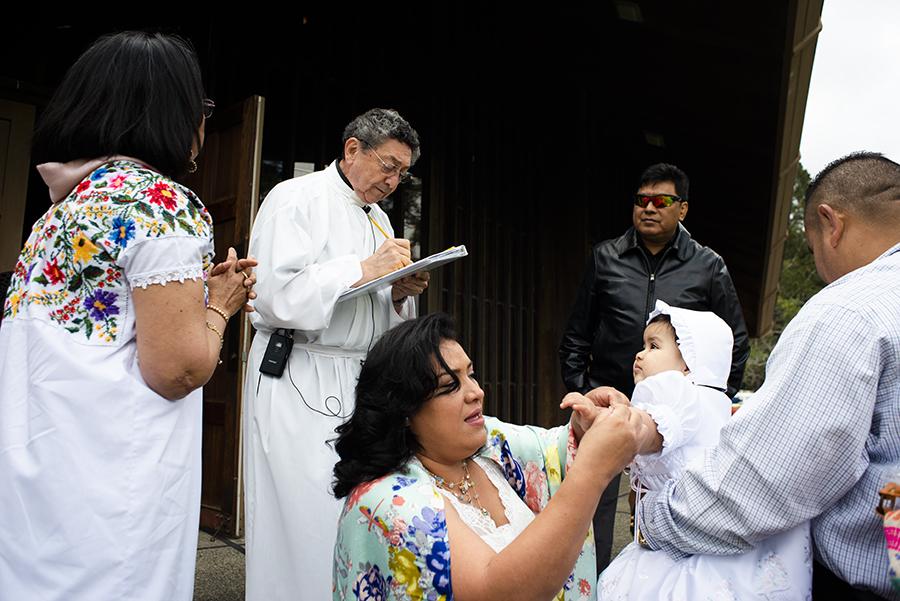As evening fog drifted over the Inverness Ridge, congregants gathered in the parking lot to pray. It was Good Friday, and they had come . . .
Sacred Heart’s two devout communities


As evening fog drifted over the Inverness Ridge, congregants gathered in the parking lot to pray. It was Good Friday, and they had come . . .